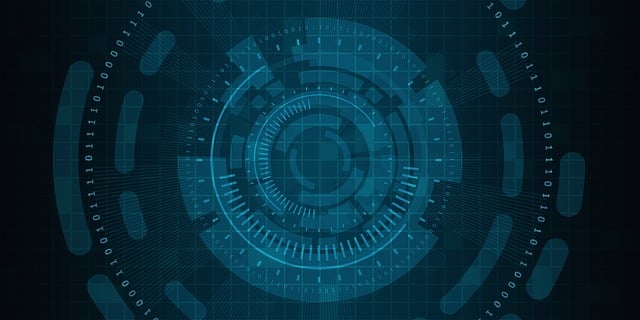Motion Dynamics Mastery
Deep technical guides for understanding and optimizing game motion systems, frame timing, and input responsiveness.
Frame Pacing Fundamentals

Understanding Frame Time
Frame time consistency is crucial for smooth motion. Learn how to measure, analyze, and optimize frame delivery for consistent gameplay experience. Target 16.67ms intervals for 60fps or 8.33ms for 120fps.
Pacing Algorithms
Explore different frame pacing strategies: fixed timestep, variable timestep, and hybrid approaches. Each method has trade-offs between smoothness and determinism.

Buffer Management
Master double buffering, triple buffering, and newer techniques like mailbox presentation mode. Understand how buffer strategies affect latency and smoothness.
Input Latency Optimization
Input Pipeline Analysis
Break down the complete input-to-pixel pipeline: hardware sampling, OS processing, engine updates, and display presentation. Identify bottlenecks in each stage.
Polling vs Interrupts
Compare input polling strategies versus interrupt-driven approaches. Learn when to use high-frequency polling for competitive scenarios and energy-efficient interrupts for general gameplay.
Prediction Techniques
Implement input prediction and extrapolation methods to compensate for inherent system latency. Balance responsiveness with accuracy to maintain game integrity.
Advanced Motion Smoothing
Interpolation Methods
Master linear, cubic, and spline interpolation for smooth object movement. Understand when each method provides the best visual results and performance characteristics.
Temporal Anti-Aliasing
Leverage temporal techniques like TAA and motion vectors to reduce perceived stutter and improve motion clarity. Balance temporal stability with responsive updates.
Adaptive Sync Technologies
Optimize for variable refresh rate displays using FreeSync, G-Sync, and other adaptive sync technologies. Understand their impact on motion perception and latency.
Performance Measurement
Essential Metrics
Frame Time Variance: Measure consistency using standard deviation of frame times. Lower variance indicates smoother motion.
Input-to-Display Latency: Total system latency from input to pixel change. Target sub-50ms for competitive gaming.
Motion-to-Photon: Time from movement decision to visual feedback. Critical for VR and competitive scenarios.
Jitter Analysis: Identify micro-stutters and frame delivery inconsistencies that affect perceived smoothness.
Ready for Animation Techniques?
Continue your journey with advanced animation principles and implementation techniques.
Explore Animation Tech